Home / Albums / Tag Place:Jamestown 42

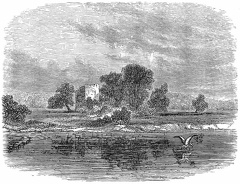 Jamestown as it is
Jamestown as it is Farming instruction book 1601
Farming instruction book 1601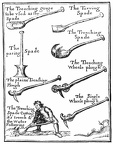 Trenching Implements 17th Century
Trenching Implements 17th Century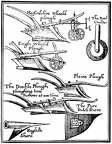 Seventeenth Century Plows
Seventeenth Century Plows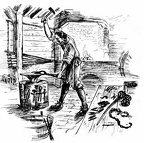 A Jamestown Blacksmith Working In A Forge Shop
A Jamestown Blacksmith Working In A Forge Shop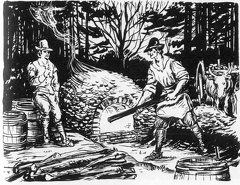 Making Lime
Making Lime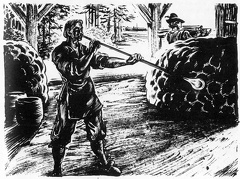 Blowing Glass
Blowing Glass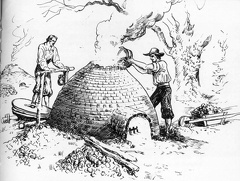 Making 'Trials'
Making 'Trials'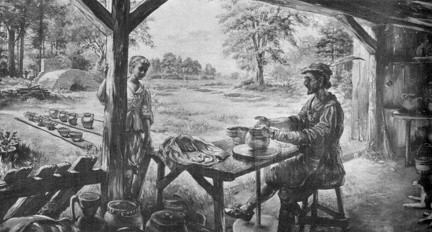 Pottery
Pottery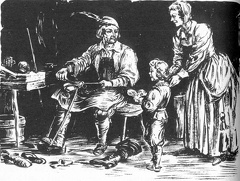 Hardwearing clothes
Hardwearing clothes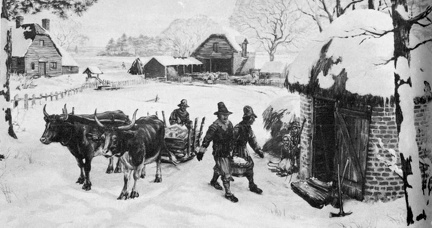 Harvesting Ice
Harvesting Ice Drawing of Jamestown
Drawing of Jamestown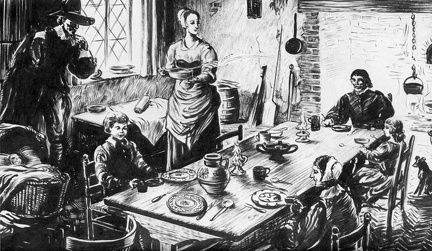 A family enjoying a meal, about 1650
A family enjoying a meal, about 1650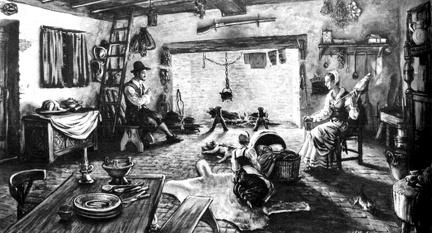 Interior of Jamestown house
Interior of Jamestown house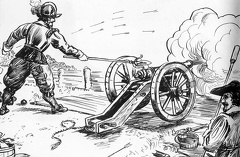 Firing a demiculverine
Firing a demiculverine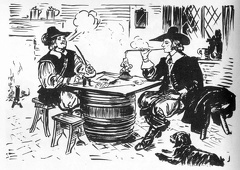 Enjoying a smoke in a tavern, about 1625.
Enjoying a smoke in a tavern, about 1625. Cultivating a small garden in Virginia.
Cultivating a small garden in Virginia.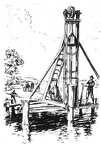 Building a wharf
Building a wharf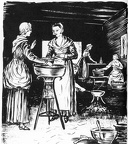 Brewing Beer
Brewing Beer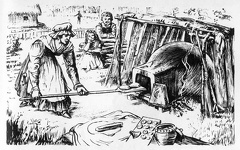 Baking Bread
Baking Bread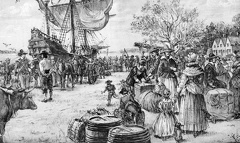 A Wharf scene
A Wharf scene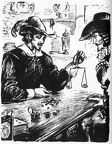 A Silversmith weighing clipped coins
A Silversmith weighing clipped coins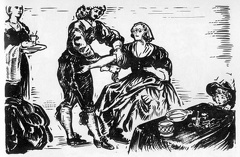 A physician bleeding a patient.
A physician bleeding a patient.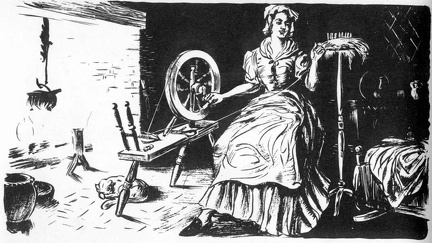 Spinning thread or yarn
Spinning thread or yarn Settlers trading with the indians
Settlers trading with the indians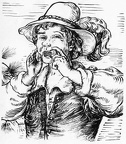 Playing a Jew's harp
Playing a Jew's harp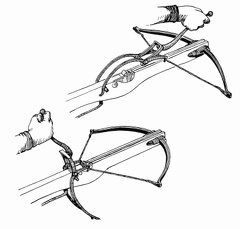 Hunting Crossbow
Hunting Crossbow Jamestown Soldiers
Jamestown Soldiers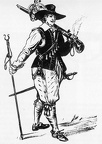 Jamestown sentry on duty
Jamestown sentry on duty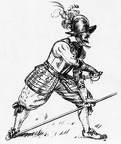 Jamestown Armour
Jamestown Armour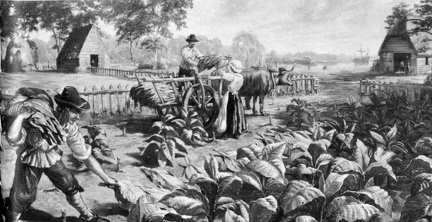 Harvesting tobacco at Jamestown, about 1650
Harvesting tobacco at Jamestown, about 1650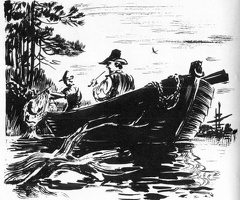 Fishing provided food as well as recreation for the colonists.
Fishing provided food as well as recreation for the colonists.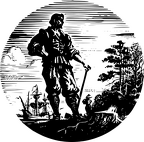 Landing at Jamestown
Landing at Jamestown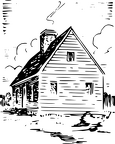 Simple Frame
Simple Frame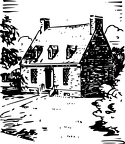 Brick House
Brick House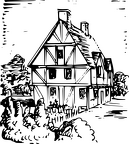 Half-Timber
Half-Timber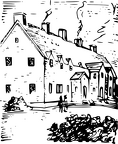 Row House type at Jamestown
Row House type at Jamestown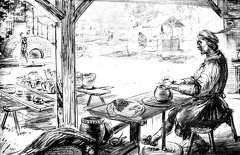 Pottery
Pottery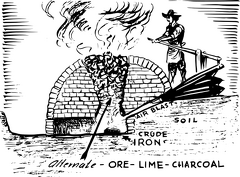 Ironworking Pit
Ironworking Pit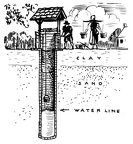 Well at Jamestown
Well at Jamestown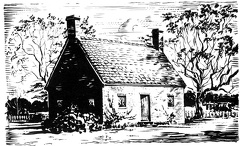 Brick House at Jamestown
Brick House at Jamestown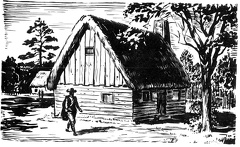 Early Jamestown House
Early Jamestown House



